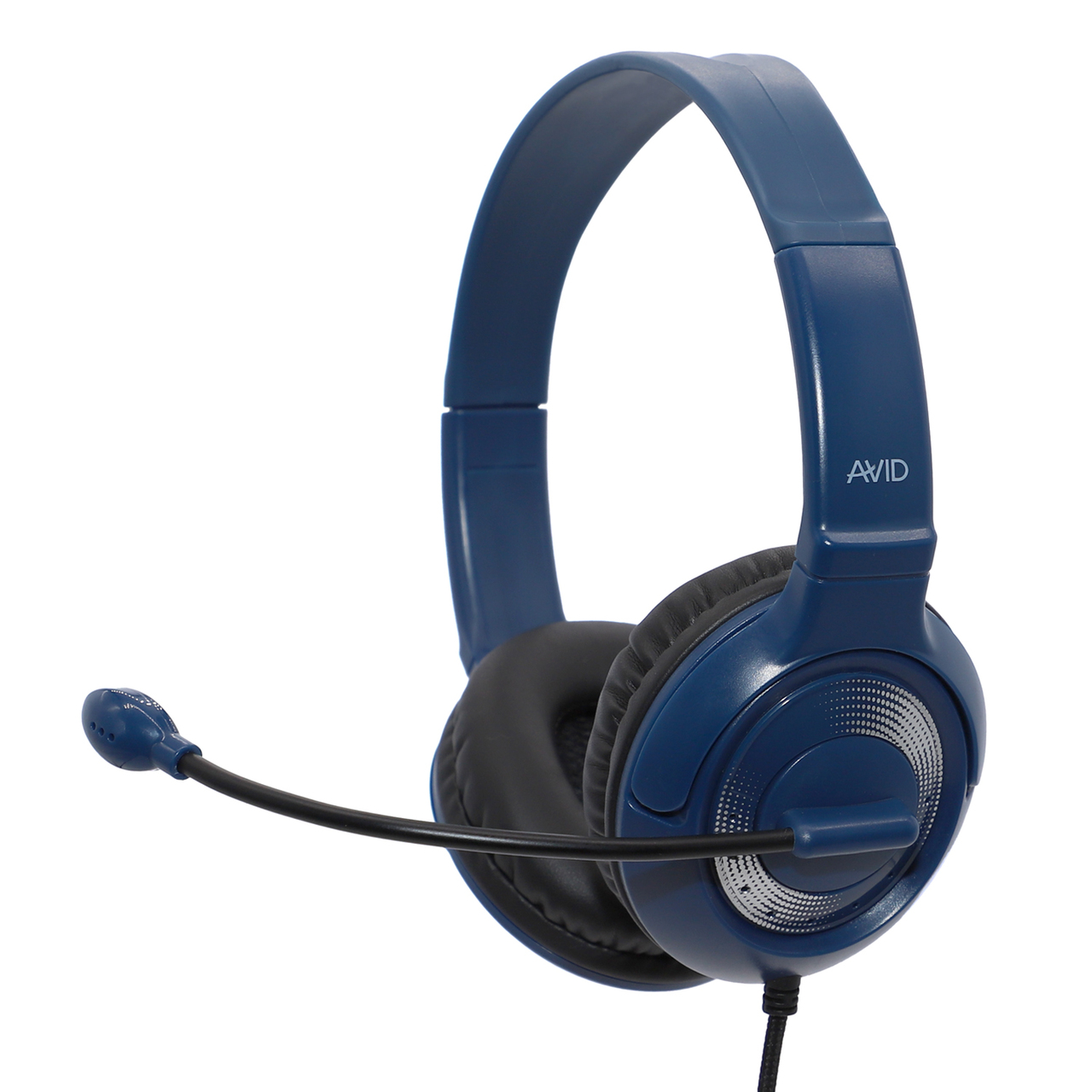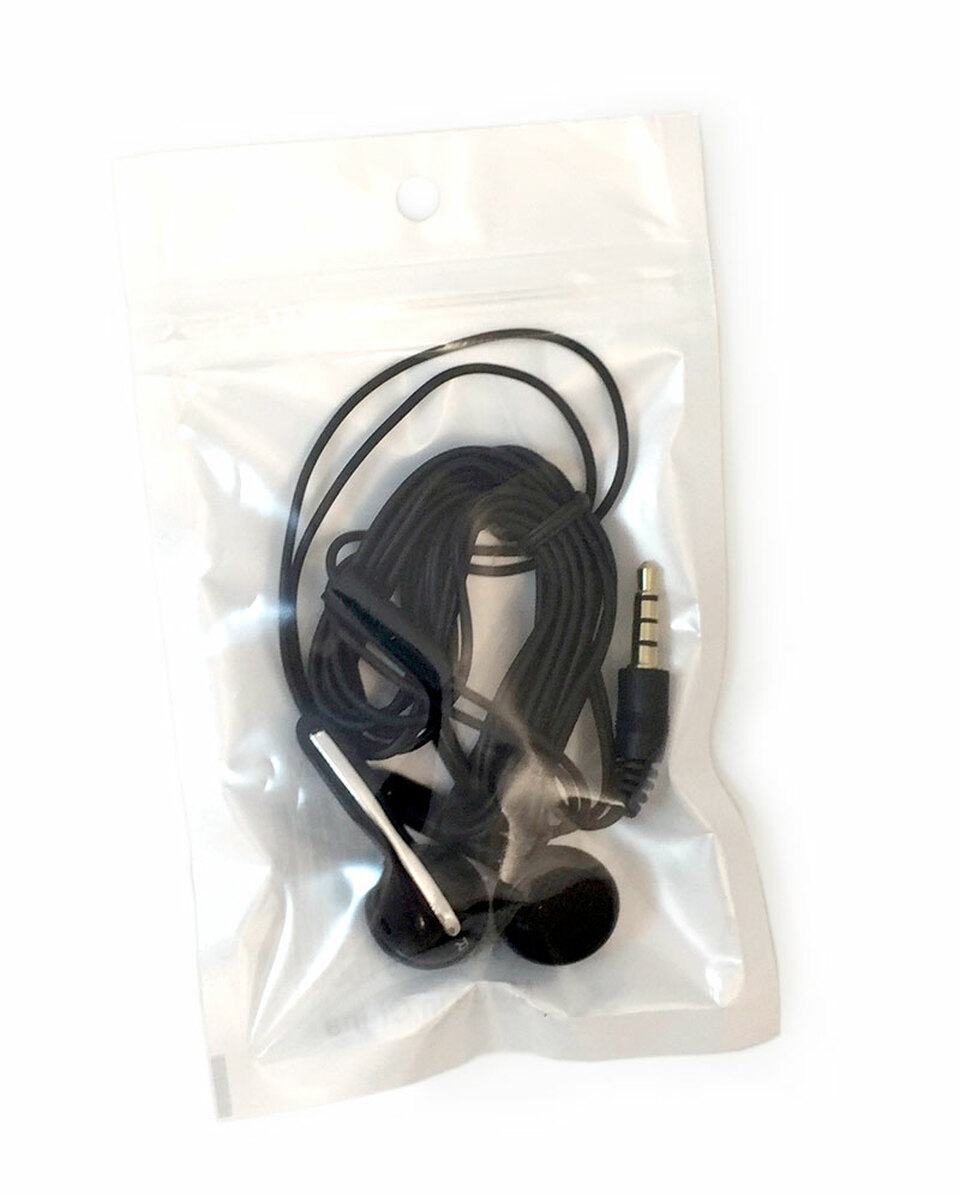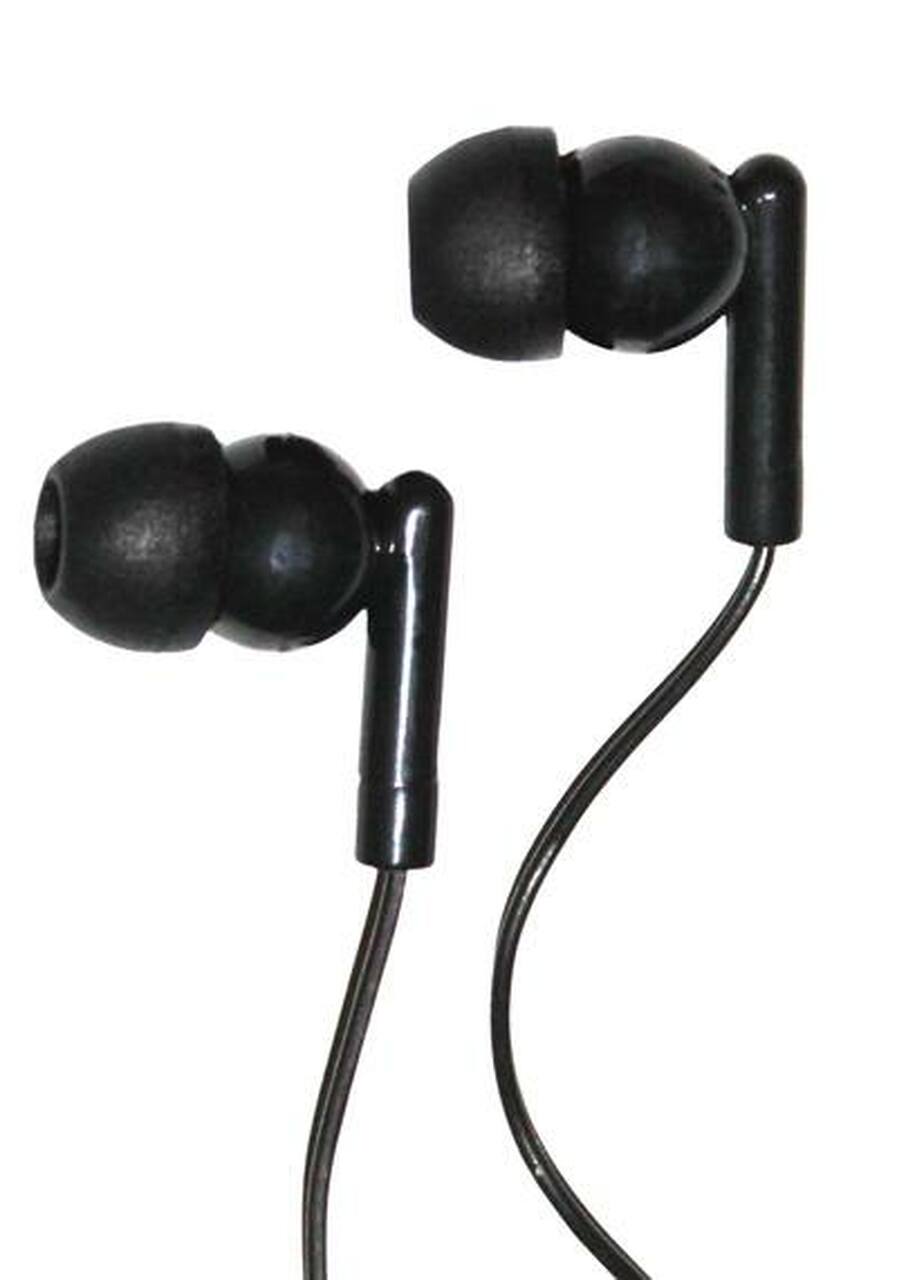Education Recovery With the CARES Act and Title 1 Funding
The year 2020 will likely be remembered for one significant event- the COVID-19 pandemic and the resulting fallout that caused the world to change completely almost overnight. Some of the creative workarounds and pivots we were forced to devise in order to continue the various systems and processes that make up our society turned out to be even more beneficial to us than the way we did things before and are likely to become part of our everyday lives even after the pandemic has officially ended. Food and grocery delivery services, online shopping, and mobile banking, for example- all things that previously existed but soared in popularity amid the pandemic- are now the preferred method for tackling ordinary household chores.
In person learning, however, does not seem to be in danger of being replaced by its online counterpart. While remote learning was a necessary pivot for K-12 schools across America for nearly all of 2020 into 2021, the educational model was less than successful for numerous students, who experienced what experts are referring to as a “learning loss gap”- a backslide that could potentially set their educational goals back for an entire school year or more. Because of this, teachers and school administrators are hard at work planning various interventions, including, in some cases, mandatory summer school, to help students most at risk of retention catch up to their pre-pandemic learning levels.
Among the most at-risk groups for experiencing this learning loss are students from Title 1 schools. “Title 1,” which refers to Title 1, Part A of the Elementary and Secondary Education Act of 1965, better known today as ESSA, is a program that provides financial assistance to local schools and educational agencies with high percentages of children from low-income families through allocation of various types of grants. Title 1 exists to help schools in underserved communities receive the necessary funding to provide educational intervention services to students who are at risk of failing to meet state academic standards for their grade level.
Title 1 Schools and the CARES Act
More than ever, Title 1 schools are in need of funding to help bridge the technology and resource gap in the wake of COVID-19. The pandemic shined a spotlight on the disparity between schools in affluent areas and Title 1 schools in terms of technology and equipment necessary for remote learning. Students from wealthy school districts had far less trouble obtaining laptops or tablets in order to attend school from home, not to mention a reliable internet connection to attend class sessions and complete online homework and projects. Low-income students from Title 1 schools, on the other hand, found it much more difficult to attend school remotely due to lack of the basic technological requirements.
However, thanks to funding from the $30.75 billion Education Stabilization Fund included in the $2.3 trillion CARES Act passed in April 2020, Title 1 schools received one-time funding to help facilitate remote learning and keep at-risk students learning amid the COVID-19 crisis.
Intended to provide initial relief to the states and districts facing the toughest education challenges due to the coronavirus, the Education Stabilization Fund was divided into three parts:
- The $13.5 billion Elementary and Secondary School Emergency Relief Fund, which is allocated to states based on the number of students in poverty. States are required to allocate 90 percent of this funding to districts, including charter schools, based on Title 1, Part A of ESSA. Districts have flexibility over how and which Title 1 schools are funded, while states have the flexibility to decide how and where to target the remaining 10 percent of funding not allocated to Title 1 schools. This one-time funding equates to approximately 80 percent of annual funding for the most recent year of Title 1, Part A.
- The $3 billion Governor’s Emergency Education Relief Fund, which was allocated to states based on a combination of school-age population and poverty rates. Governors of these states were granted broad discretion over how these funds are used to best support K-12 schools.
- The $14.25 billion Higher Education Emergency Relief Fund, which was granted directly to higher-learning institutions for support with emergency financial aid for students. Approximately $1 billion of this fund is earmarked for historically Black colleges and universities, as well as minority-serving institutions.
In addition to the CARES Act, congressional COVID funding passed in April 2021 has reserved an additional $123 billion for K-12 schools to be distributed through Title 1, with the focus on helping schools in underserved communities reopen safely, as well as helping students catch up on the learning they may have missed during the pandemic.
What the CARES Act Means for Title 1 Schools
Because such a large percentage of education funding from the CARES Act is targeted toward helping Title 1 schools, it is expected to make a significant impact on these schools’ ability to bridge the learning loss gap for at-risk students. A large portion of this funding is anticipated to be used toward technology and equipment to support students’ learning process.
AVID AE-55 BLUE AND SILVER HEADSET TRRS PLUG
This raises the question: what is the most effective and impactful use of funds for each Title 1 school, and how can these schools get the most out of their allocation? Many schools are looking into low-cost, high-impact technology solutions that benefit the highest possible number of students.
School headsets and earbuds, for example, help block out unwanted noise and distractions, allowing students to focus on the lessons at hand. Affordable headsets such as the award-winning AVID AE-55 TRRS headset are highly beneficial to students in
ELL/ESL programs, since they provide the quality mic sensitivity necessary for language-learning software at an affordable price. The AE-55 also carries the benefit of meeting state testing requirements to leverage usability.
AVID AE-1M DISPOSABLE STEREO BLACK EARBUDS WITH MIC
AVID’s AE-1M earbuds with inline mic serve as another affordable school headphone option that facilitates quality microphone sensitivity when student response is required.
AVID DISPOSABLE EARBUDS AE-215 STEREO RUBBER-TIPPED BULK EARBUDS
For younger learners, the disposable AE-215 earbuds are an ideal low-cost solution, featuring rubber tips to provide greater comfort and fit for small ears. Each of these headset and earbud options can make a large impact on learning and information retention, for a relatively low price.
As schools continue to navigate education in a post-COVID society, it is imperative that they have the technology and equipment necessary to reach the most at-risk students and intervene before any further learning is lost. Only then can we have the essential tools we need to help all our children succeed.
Recent Posts
-
NEWS: Encore Data Products Unveils New Brand of Scanning and Translator Pens to Revolutionize Learning and Workspaces
Encore Data Products is thrilled to announce the expansion of its product range with the introductio …Jul 02, 2025 -
Avoid the Summer Slide with Summer School Prep
As educators, we all know the feeling: summer break is a welcome pause, but that peaceful stretch of …Jun 19, 2025 -
Revolutionizing Data Connectivity: A Deep Dive into the SN‑270MUSB’s Performance and Versatility
In today’s rapidly evolving educational landscape, seamless connectivity and reliable audio qu …Jun 19, 2025







